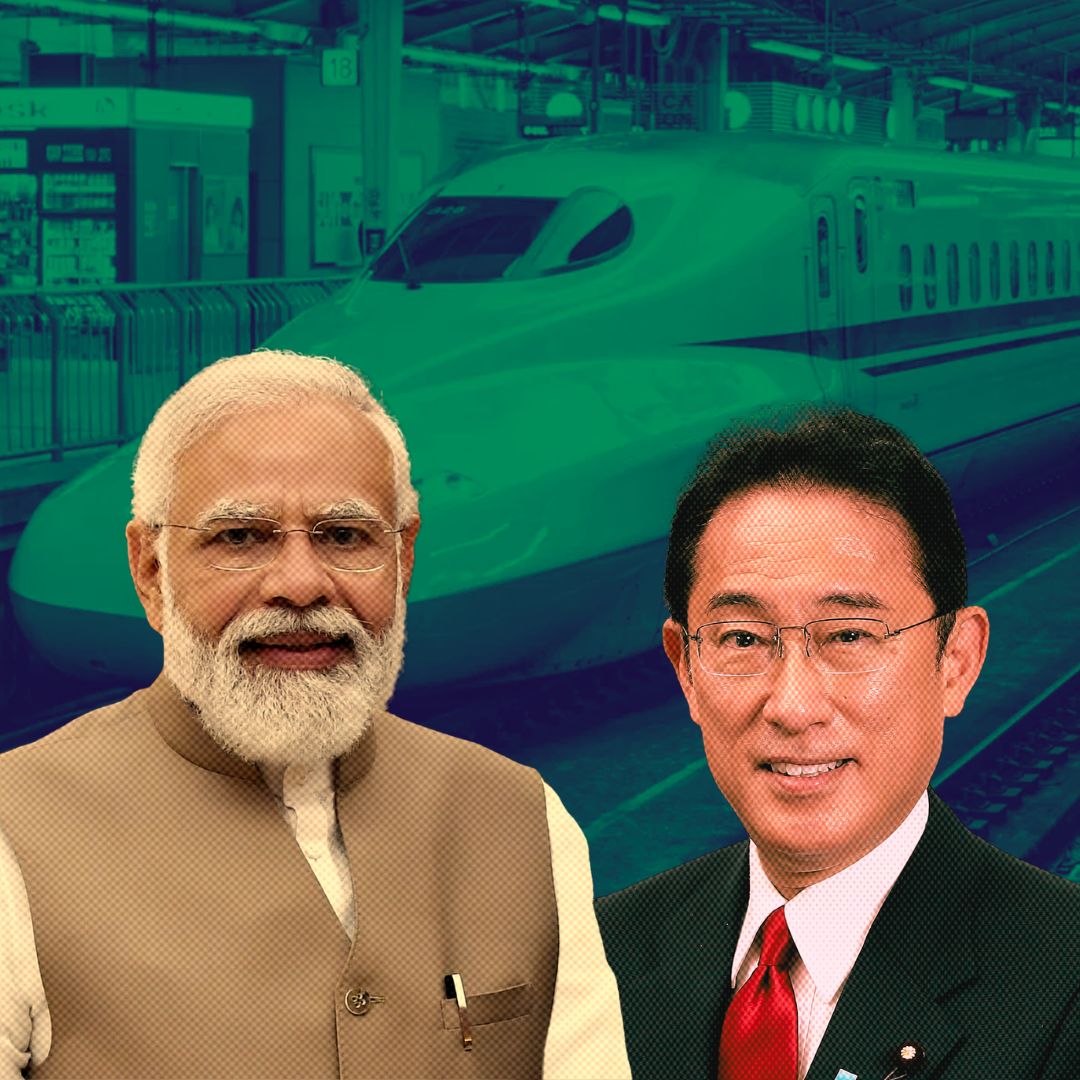Japan will gift two Shinkansen bullet trains (E5 and E3 series) to India by early 2026, accelerating testing for the ₹1.1 lakh crore Mumbai-Ahmedabad High-Speed Rail Corridor.
These retrofitted trains will conduct critical stress tests under Indian conditions – including 45°C temperatures and high dust levels – to refine the design of India’s future E10 (Alfa-X) trains capable of 400 km/h speeds.
Funded through a landmark 0.1% interest JICA loan covering 80% of project costs, this collaboration represents the largest technological partnership between India and Japan, with plans to manufacture and export Shinkansen-style coaches globally by the 2030s.
Engineering the Future: How Shinkansen Tests Will Reshape Indian Railways
The E5 series (320 km/h operational speed) and E3 trains will be equipped with advanced sensors to monitor track stress, pantograph performance, and air resistance under extreme conditions. “We’re installing special dust-proofing systems and heat-resistant materials not used in Japanese models,” revealed a project engineer.
Initial tests will focus on the 50km Surat-Billimora section, chosen for its mix of elevated tracks (63m high pillars) and underground tunnels. Data from these trials will directly influence the E10 design, which Japan’s Kawasaki Heavy Industries and India’s BHEL will co-develop for domestic production starting 2028. The collaboration includes training 300 Indian engineers at Japan’s Railway Technical Research Institute.
From Delays to Diplomacy: The Strategic Pivot
Originally planned for 2022, the project faced delays due to land acquisition issues (only 98% completed as of July 2024) and pandemic-related supply chain disruptions. Japan’s decision to provide these trains free of charge – worth approximately ₹300 crore – helped break the impasse.
“This gift isn’t just about trains; it’s about building trust,” stated a Japanese diplomat, referencing concerns over India’s initial preference for cheaper European technology.
The Global Stage: India’s Manufacturing Ambitions
The partnership includes plans to establish a ₹2,000 crore rolling stock factory in Gujarat, aiming to reduce coach production costs by 40% compared to Japanese imports. “We envision exporting Made-in-India Shinkansen coaches to Southeast Asia and the Middle East by 2035,” said a senior Railway Board official.
This aligns with Japan’s strategy to counter Chinese rail dominance in developing markets. The project has already created 20,000 jobs, with 85% being local hires in Gujarat and Maharashtra.
The Logical Indian’s Perspective
This partnership transcends infrastructure – it’s a masterclass in patient diplomacy and technological empathy. By combining Japan’s precision with India’s scale, we’re witnessing the birth of a new development model where aid isn’t charity but mutual growth.
However, we must ask: How can India ensure this technological leap benefits informal sector workers and small businesses along the corridor? Will our railways maintain their egalitarian character while embracing elitist high-speed travel? Let’s discuss how to make this progress inclusive, sustainable, and truly transformative.
India will adopt East Japan Railway's upcoming E10 series of shinkansen bullet trains for its national high-speed railway under construction in the west of the country. https://t.co/RWmNCBG2Jr
— The Japan Times (@japantimes) April 15, 2025











